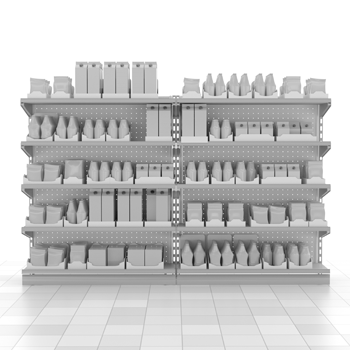ปนิตา กรมยินดี
Panita Kromyindee
Client Manager
British Standards Institution (BSI)
panita.kromyindee@bsigroup.com
อาหารที่ดีที่มีประโยชน์นั้นเป็นแหล่งที่อุดมสมบูรณ์ด้วยแร่ธาตุและสารอาหาร แต่อาหารที่ดีนั้นก็สามารถเน่าเสียได้ตามธรรมชาติ การเปลี่ยนแปลงนี้จะเกิดขึ้นในอาหารทุกประเภท และอาจเกิดขึ้นอย่างรวดเร็ว หรือใช้เวลานาน
อายุการเก็บของผลิตภัณฑ์ใดๆ รวมถึงอาหาร หมายถึง ระยะเวลานับตั้งแต่ผลิตเสร็จจนถึงเวลาที่ผลิตภัณฑ์มีคุณภาพต่างไปจากเดิมจนถึงระดับที่ผู้บริโภคไม่ยอมรับ หรือกล่าวว่าหมดอายุการบริโภค คุณภาพหมายรวมทั้งทางด้านประสาทสัมผัสซึ่งผู้บริโภคจะไม่ทราบแต่เป็นความรับผิดชอบของผู้ผลิต ได้แก่ คุณค่าทางโภชนาการตามที่ผู้ผลิตกล่าวอ้างบนฉลาก และคุณภาพทางด้านความปลอดภัยที่จะเกิดจากการเพิ่มจำนวนจุลินทรีย์ การเคลื่อนย้ายภาชนะพลาสติก กระป๋อง ซึ่งอาจมีสารอันตราย รวมถึงเหล็กหรือดีบุกที่อาจปนเปื้อนในอาหารจนถึงปริมาณที่อาจเป็นอันตรายตามกฎหมายกำหนด
เนื่องจากอาหารมีส่วนผสมของวัตถุดิบหลากหลายชนิด และส่วนผสมดังกล่าวมีการทำปฏิกิริยาที่แตกต่างกันต่อสภาพแวดล้อมภายในและภายนอกบรรจุภัณฑ์ ทำให้การประเมินอายุการเก็บรักษาของผลิตภัณฑ์เพื่อคงคุณค่าของอาหารให้คงอยู่และเสื่อมสลายนั้นจะกำหนดให้แน่นอนค่อนข้างยาก โดยมีหลายปัจจัยที่อาจส่งผลต่ออายุการเก็บรักษาของผลิตภัณฑ์
A healthy diet is a rich source of minerals and high nutrients. However, the healthy foods can be spoiled naturally. This change will occur in every kind of foods both in a short or long period of time.
A shelf life of any product, especially food, means a length of time that the product may be stored without becoming unfit for use, consumption, or mentioned to the expire. The quality of product refers to the consumer perception. They may not realize, but it is the responsibility of the manufacturer included the nutritional value that the manufacturer claims on the label and the safety quality resulting from an increase number of microorganisms, deriving from containers including plastic, can, which may contain dangerous substances including steel or tin that may contaminate in food to meet hazardous amounts in accordance to the food regulations.
Since food has been combined of various raw materials and ingredients, which have different reaction on both inside and outside of the food container. The assessment of shelf life is quite difficult because there are many factors as follows:
